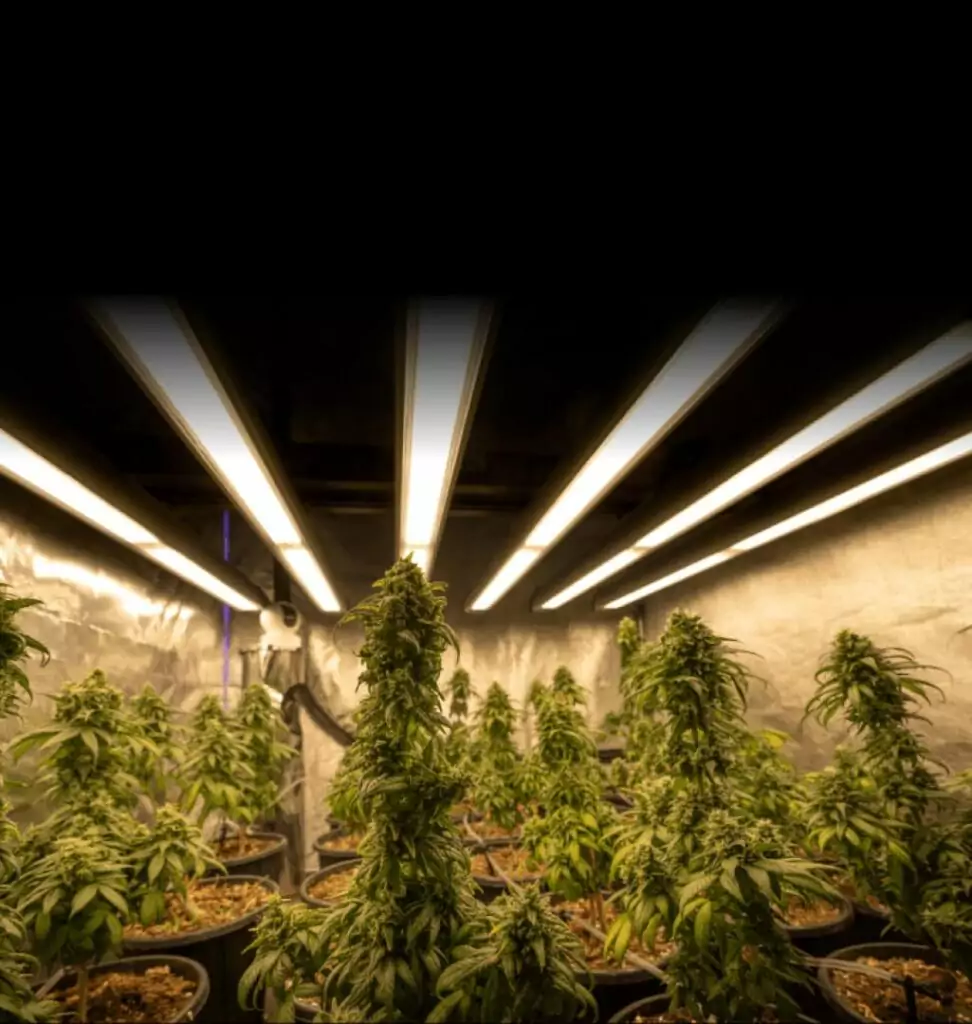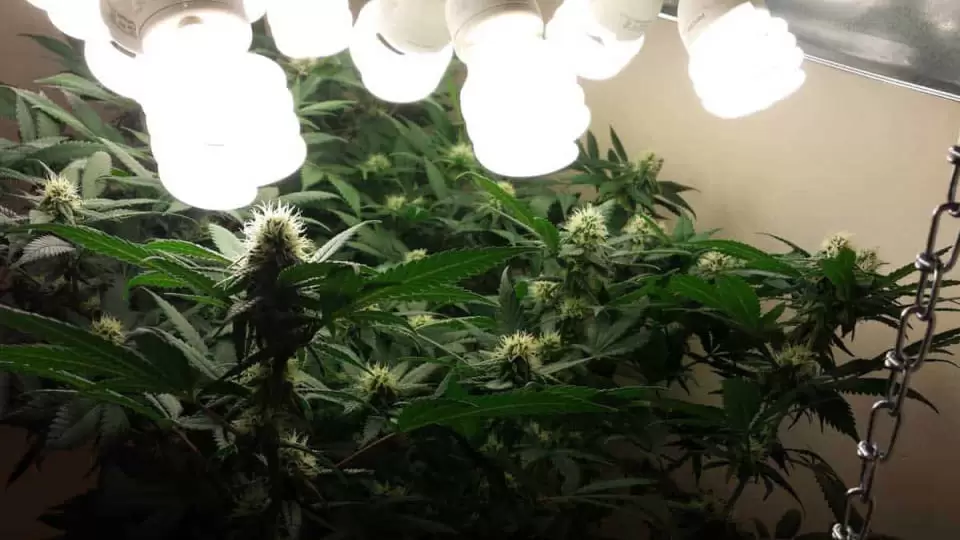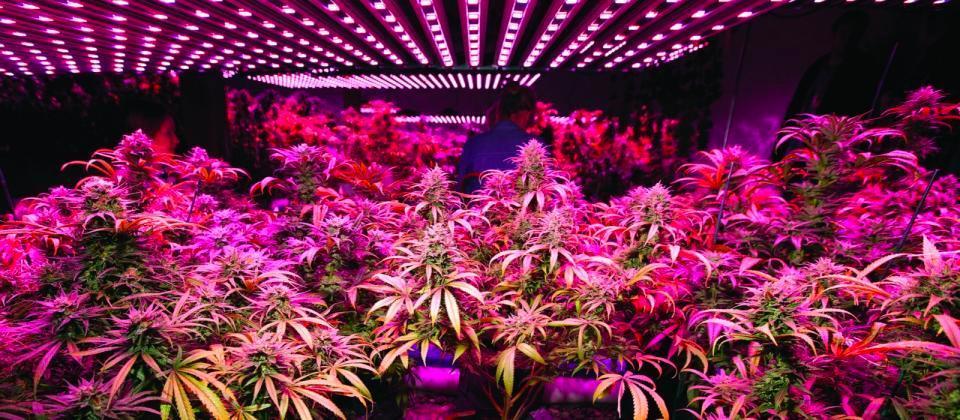The Best Light Cycle for Flowering Stage: Everything You Need to Know

Balancing the light cycle for blooming in indoor plants is a complicated but necessary procedure. The light you supply to your plants has an impact on both their quality and chemical makeup.
The amount of light required for the plant will now be determined by its kind. Photoperiod plants will require more careful management, but autoflower lights can function under a variety of lighting settings. So let's look at them independently.
Science of Light in Cannabis Flowering:
Light does more than just provide energy to cannabis plants; it also stimulates and supports crucial biological processes, particularly throughout the blooming period. Photosynthesis is the process by which plants turn light into energy. This energy is required for the manufacturing of critical chemical substances and the development of flowers.
Cannabis plants develop unique photopigments throughout the blooming period that are impacted by changes in the light-dark cycle. Based on the amount of light received, these photopigments help determine when the plant will blossom. Furthermore, the kind and quality of light affect cannabinoids and terpenes, the molecules that give the plant its medicinal and fragrant characteristics. In short, light not only stimulates plant development, but it also orchestrates the chemical symphony that produces dense, strong cannabis buds.
Photoperiod Plants' Flowering Light Cycle:
Cannabis plants grown under photoperiod require varied quantities of light depending on their development stage. They require a lot of light during the vegetative phase to do their photosynthesis and absorb nutrients.

Nevertheless, as the plant grows and reaches the blooming period, a constant light schedule becomes increasingly important. For the production of healthy buds, the plant typically requires a 12-hour light, 12-hour dark cycle.
It is possible to shorten the duration of light, although this is not recommended. Altering the 12-hour light cycle might impact the plant's health and the quality of the cannabis buds. Insufficient light (less than 12 hours) might impair photosynthesis and nutrient digestion, resulting in lower yields.
Light Cycle for Flowering Stage of Autoflowering Plants:
Autoflowering plants, because to their genetic structure, do not require light cycles to shift between growth phases. Their major demand for light is photosynthesis, which allows producers can choose different light schedules. Here are several typical light cycles for autoflowering plants during their flowering period.
Conclusion:
Cannabis growing, particularly with photoperiod species, is a sensitive dance driven greatly by exact illumination. These plants are tightly adapted to their light environment, and even little changes in their light schedule can have serious consequences, possibly jeopardizing the quality or even the entire harvest. It is critical for cultivators to fully comprehend and respect the many light cycles that occur throughout the flowering period. It's recommended experimenting with several cycles to see which one works best for your plants and growing setting. While following prescribed light schedules is vital, there is opportunity for flexibility. Feel free to fine-tune and adapt based on your observations and the plants' responses, but always ensure they get the necessary light to thrive.
